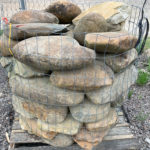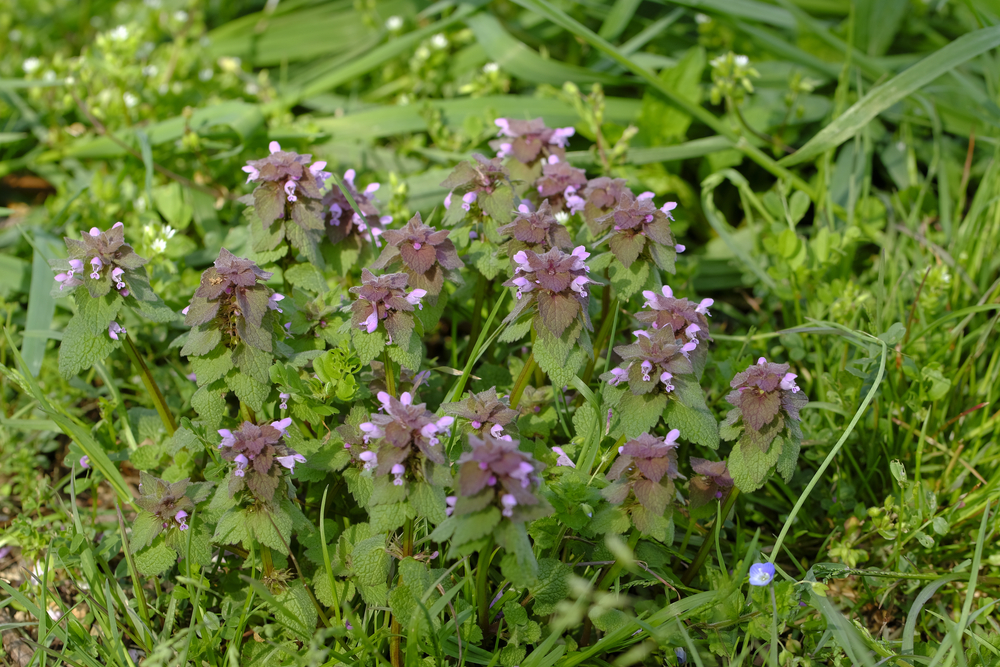
Although the amount of lawn maintenance during the winter is greatly reduced, unfortunately, it’s an opportune time for certain weeds to begin taking over. Since it’s wintertime, most lawns are either dormant or not growing a whole lot due to colder temperatures and reduced sunlight. Certain winter weeds take advantage of this period as they don’t have to compete for space in a lawn while the grass is not actively growing. Read below to learn about some of the most common winter weeds that tend to show up at this time.
1. Poa Annua
Poa annua, also known as annual bluegrass, is one of the most common and persistent weeds in the United States. This annual weed commonly appears in lawns, although it may also be found in gardens. While Poa annua looks similar to Kentucky bluegrass, it can easily be identified by its tall seed stalks with white seed heads.
During the summer, annual bluegrass will die off, leaving bare spots throughout your yard. It will then germinate in the fall and continue to grow throughout the winter season. The following spring, the plant will flower and once again die when the temperatures become hot. Poa annua is mainly an issue because of the bare spots it leaves during the summer season or the patchy appearance it gives off while growing. To control poa annua, it is best to treat your yard with pre-emergent herbicides in the fall. Additionally, set your mower high (between 3–4 inches) and avoid overwatering your lawn. Because poa annua is very persistent, it may take several seasons of treatment before you completely rid your lawn of this weed.

2. Chickweed
The common chickweed (Stellaria media) is a winter annual that typically germinates by seed in the late fall. Also known as starwort, satin flower and winterweed, this plant is commonly found in lawns throughout North America. It has a fairly shallow root system and tends to grow up to 2 inches in most yards. It can easily be identified by its dense, bright-green leaves and small white flowers.
Feeding your yard a fertilizer is the best way to prevent chickweed from taking root in your yard. Deep yet infrequent waterings can also aid in preventing chickweed from sprouting. If your yard is already infested with chickweed, the best treatment option is using a weed control product. These treatments can also be used to prevent chickweed from growing in the future.
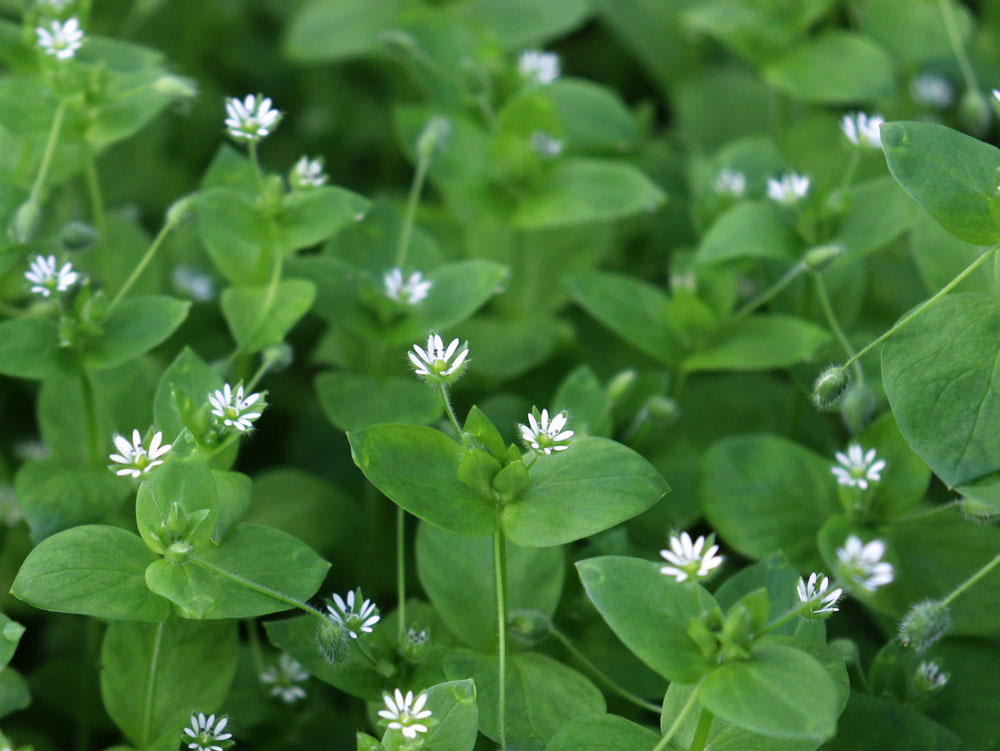
3. Henbit
Henbit (Lamium amplexicaule) is a winter annual with slightly hairy stems and reddish-purple flowers. Often confused with the purple deadnettle, henbit is a common weed that sprouts in the late fall and early winter. Henbit’s growing cycle includes growing when temperatures increase and becoming dormant when temperatures drop. During mid-spring, the weed develops its distinctive red/purple flowers at the top of its stems.
Although henbit dies on its own during the summer, it is best to control henbit before it flowers in the spring. While it’s possible to manage henbit with a weed killer, you may also prevent it by growing a thick lawn and mowing the grass regularly.

4. Purple Deadnettle
Purple deadnettle (Lamium purpureum) is a common weed that infests yards during the fall and winter. As a member of the mint family, this weed will rapidly take over lawns in a short amount of time. While the purple deadnettle is often confused with henbit, it can easily be recognized by its fuzzy appearance and pink-purple flowers.
Similar to controlling henbit, preventing purple deadnettle requires routine mowing and growing a thick lawn. To get rid of purple deadnettle, either pull the weeds by hand or use post-emergence herbicides. Because purple deadnettles spread quickly, it’s important to remove the weeds as soon as they appear on your lawn.
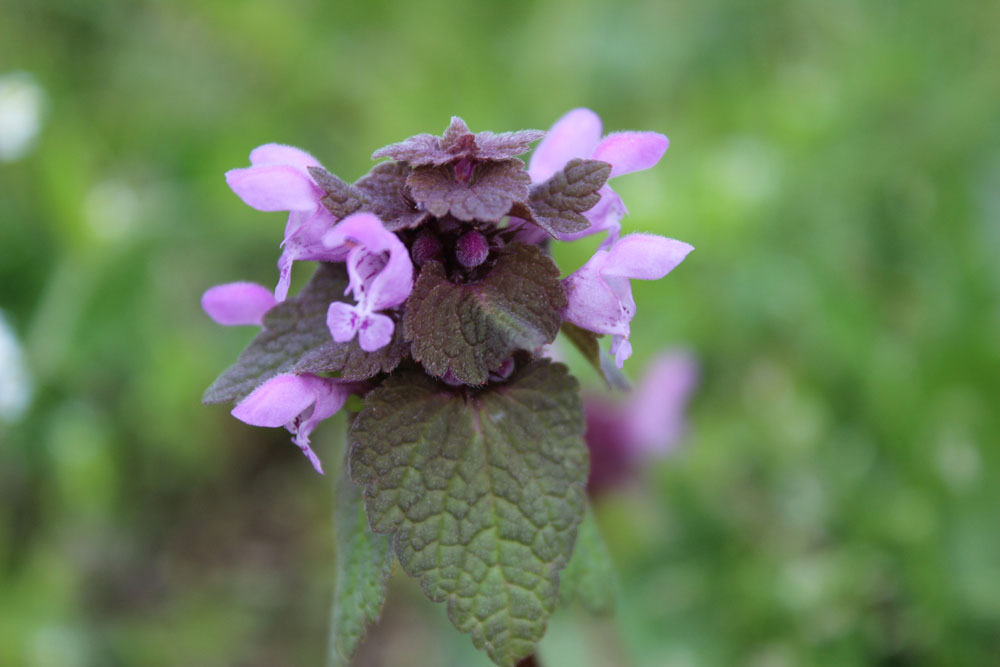
5. Prostrate Spurge
Prostrate spurge (Euphorbia maculatais) is another annual weed that may infest lawns and gardens. Although this weed typically sprouts in late spring and summer, it may continue growing throughout the fall and winter depending on your location. Prostrate spurge tends to grow throughout the winter season in areas located throughout the Southeast United States, for example.
The best solution for preventing prostrate spurge is maintaining a thick, healthy lawn. Oftentimes, prostrate spurge will appear in areas with damaged or thin grass. In addition to establishing a thick lawn, be sure to regularly mow your grass high. If prostrate spurge has already appeared on your lawn, you may either pull the weeds out or spray them with a weed killer.
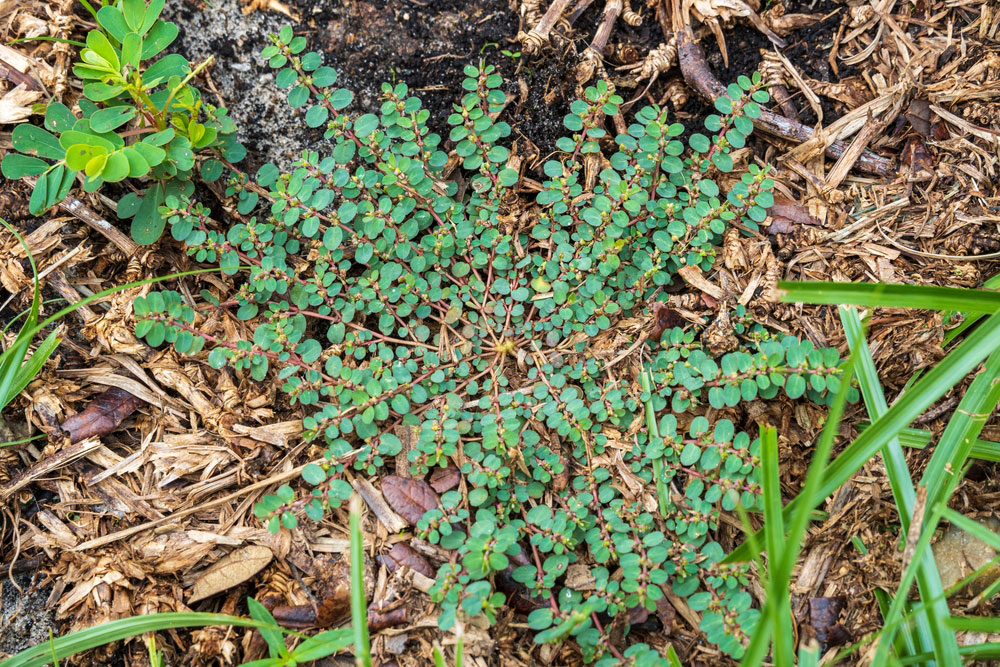
If any of these weeds seem familiar to you or if you are currently experiencing these at home, be sure to contact your closest Carolina Fresh Farms outlet for prevention and treatment suggestions.


